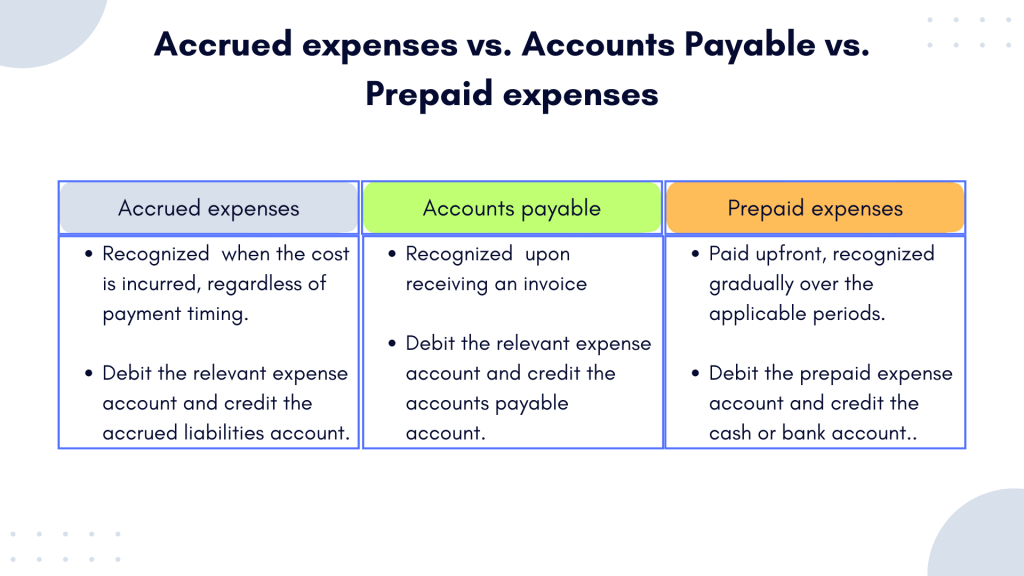Life throws curveballs, and sometimes our financial situations change drastically. Perhaps you’ve experienced an unexpected income increase, or maybe you’re struggling to keep up with your current loan payments. Whatever the reason, carefully evaluating your options, including the possibility of transferring your loan, is a prudent step towards financial stability. Transferring your loan, often through refinancing, can offer significant benefits that align better with your current circumstances. This strategic move could potentially lower your interest rate, shorten your repayment period, or even consolidate multiple debts into a single, manageable loan.
Understanding Loan Transfers and Refinancing
The terms “loan transfer” and “refinancing” are often used interchangeably, but it’s important to understand the nuances. Refinancing essentially means taking out a new loan to pay off your existing one. This new loan ideally comes with more favorable terms, such as a lower interest rate or a different repayment schedule. The process involves applying for a new loan, undergoing credit checks, and completing the necessary paperwork, much like when you initially secured the original loan.
Key Considerations Before Transferring
- Credit Score: A higher credit score typically results in better interest rates.
- Fees: Factor in any application fees, origination fees, or prepayment penalties.
- Long-Term Costs: While a lower monthly payment might seem appealing, consider the total interest paid over the loan’s lifespan.
Four Compelling Reasons to Consider a Loan Transfer
- Lower Interest Rate: This is perhaps the most common and compelling reason. A lower interest rate can significantly reduce your monthly payments and the total amount of interest you pay over the life of the loan.
- Shorter Repayment Term: If you can afford higher monthly payments, refinancing to a shorter term can save you thousands of dollars in interest.
- Debt Consolidation: Combining multiple debts into a single loan can simplify your finances and potentially lower your overall interest rate. Imagine the relief of managing just one payment instead of several!
- Access to Better Loan Features: Some lenders offer more flexible repayment options, such as deferment or forbearance, which can be beneficial if you experience financial hardship.
Potential Downsides to Consider
While transferring your loan can offer numerous advantages, it’s crucial to weigh the potential downsides. Refinancing often involves fees, which can eat into the savings from a lower interest rate. Also, extending the repayment term, even with a lower interest rate, can result in paying more interest over the long run. Carefully analyze the terms of the new loan and compare them to your existing loan to ensure that the transfer is truly beneficial.
Imagine your loan as a stubborn vine, clinging to a trellis that no longer suits your garden. It’s served its purpose, perhaps, but now it’s strangling the growth of something new, something better. Refinancing, then, is akin to carefully transplanting that vine – pruning away the deadwood (high interest rates, inflexible terms) and guiding its tendrils towards a more fertile structure. This new trellis might be crafted from the sturdy oak of a lower interest rate, or woven with the flexible willow of more accommodating repayment options.
Beyond the Numbers: The Emotional Landscape of Loan Transfers
While the logical part of our brains fixates on interest rates and repayment schedules, the emotional impact of a loan transfer is often overlooked. Debt can be a heavy burden, a constant source of stress and anxiety. Refinancing can offer more than just financial relief; it can provide a sense of control and empowerment. It’s about taking charge of your financial future and sculpting it into a shape that aligns with your dreams and aspirations. Think of it as a deep breath, a chance to recalibrate and start anew.
Reframing the Narrative: Seeing Your Loan as a Tool, Not a Trap
Many people view their loans as a source of shame or failure. But what if we shifted that perspective? What if we saw loans as tools, instruments that can be wielded to achieve specific goals? A loan for education, for instance, is an investment in your future. A loan for a home is a step towards building a sanctuary for your family. Refinancing can then be seen as sharpening that tool, optimizing its performance, and ensuring that it continues to serve its intended purpose effectively.
Unconventional Scenarios Where Loan Transfers Shine
- The Entrepreneurial Leap: Planning to leave your 9-to-5 and launch your own business? Refinancing to lower your monthly payments can provide the breathing room you need to take that leap of faith.
- The Geographic Shift: Moving to a new city with a higher cost of living? Refinancing can help you adjust to your new environment without feeling financially overwhelmed.
- The Unexpected Blessing: Received a significant inheritance or bonus? Refinancing to a shorter term allows you to pay off your loan faster and enjoy the fruits of your good fortune sooner.
- The Home Improvement Project: Planning to renovate your home and increase its value? Refinancing can provide the funds you need to make those improvements while potentially lowering your overall debt burden.
The Alchemy of Financial Transformation
Ultimately, the decision to transfer your loan is a personal one, guided by your unique circumstances and aspirations. It’s about more than just crunching numbers; it’s about crafting a financial narrative that empowers you to live the life you envision. Approach the process with curiosity, diligence, and a willingness to explore unconventional options. The journey of financial transformation is an ongoing process, and transferring your loan can be a powerful catalyst for positive change.
And as you chart your course, remember that the real power lies not just in the numbers, but in the control and peace of mind that comes with a loan that truly works for you.

